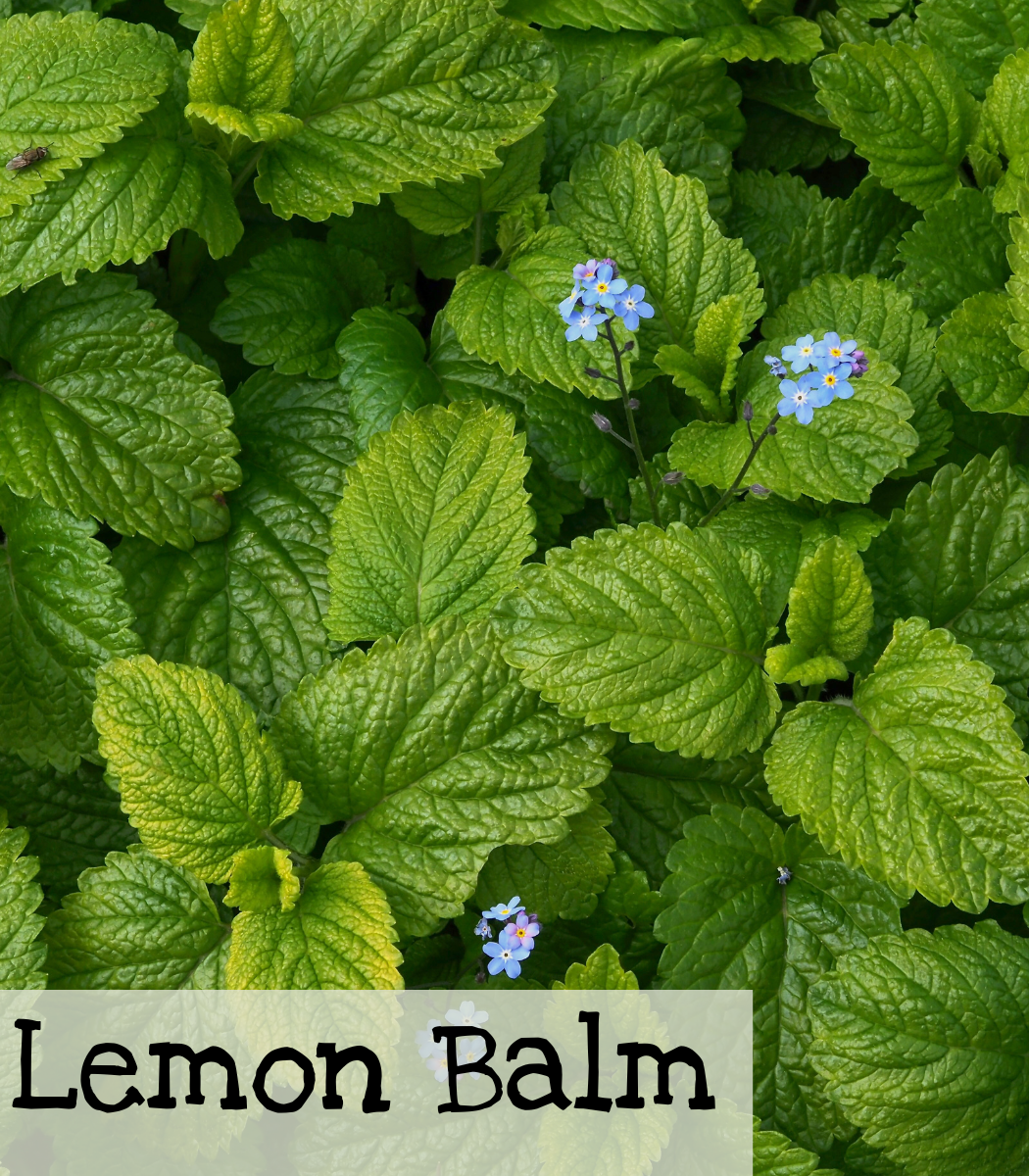
Lemon Balm
Lemon balm has been used medically since Greek and Roman times. Also valued for its culinary uses, it is used in teas, garnishes, and potpourris.
|
Lemon Balm |
|
Melissa officinalis |
|
Easy |
|
Easy |
|
4-5 years if properly stored |
|
Perennial Zones 4-10 |
|
7-14 days |
|
It’s helpful to cold stratify for 2 weeks |
|
Surface Sow |
|
Yes |
|
Lemon Balm: 2′ Lemoncello: 6-12′ high x 20-24” wide |
|
Seeds need light to germinate Full sun |
|
Summer |
|
March |
|
Yes |

Growing Tips


When to Start
Spring: Start indoors 8-10 weeks before the last frost. (End of February/beginning of March for GA)
Direct sow: After all danger of frost has passed. (May 1 for Jefferson, GA)
How to Grow
Lemon balm will germinate without cold stratification, however, according to the University of Wisconsin, it is much slower to germinate when the seeds haven’t gone through 2 weeks of cold stratification.
Start indoors 8-10 weeks before the last frost date. Use sterile, pre-moistened seed starting mix. Surface sow into cells or pots by gently pressing them into the top of the soil. Place the cells or pots into a plastic bag. Support such as a seed tray or cardboard may be needed to keep the pots from tipping. Then place them in the refrigerator for 2 weeks. Keep the soil moist but not soggy throughout this process.
Once the 2 weeks are up, remove the cells or pots from the refrigerator and place under grow lights. This is 6-8 weeks before the last frost. them The soil needs to be kept moist, but not soggy, until germination, which is usually 7-14 days, but it can take a little longer. The ideal germination temperature is 70 F. You may want a heat mat to keep the soil temperatures consistent.
When starting in small cells, you will need to pot up. Do this once they have at least 2 true leaves and the plant is as tall as the pot is deep. When the seedlings have several pairs of true leaves transplant them after hardening off and ALL danger of frost has passed into a bed of full sun. Space plants 12 inches apart.
To direct sow, wait until ALL danger of frost has passed and surface sow into full sun beds. You can lightly cover the seeds with soil to keep them from blowing away but barely cover them as they need light to germinate. Gently firm in the seeds. Keep the seeds moist. Thin the plants to 12 inches apart once seedlings reach around 3 inches tall.
Care
Lemon balm does well in average, well-draining soil as it doesn’t like wet feet. Soggy soils or standing water will encourage root rot. While it will tolerate part shade, it thrives in full sun. Bottom water plants to help keep foliage dry as it struggles with powdery mildew. Particularly in humid areas, proper spacing is very helpful in preventing powdery mildew as it encourages good air circulation.
Keep the soil moist but never soggy to avoid root rot. While weeds are never ideal, removing weeds is important as they can affect the quality of the harvest. Use mulch to suppress weeds and keep the soil moist between watering. Cut back flowers after they bloom to encourage more herbaceous growth. A little fertilizer after harvest will help encourage new growth. Just don’t over-fertilize as this will negatively affect the flavor.
As lemon balm likes to spread like mint, planting it in a container will help keep it from taking over your bed.
When overwintering lemon balm, place additional mulch around the plant. Use organic mulch such as leaves, straw, pine straw, wood chips, etc.
Harvest
For a more potent flavor, harvest before the plant flowers. Choose older leaves for a stronger flavor and younger leaves for a milder flavor. No matter the size, leaves will be at their peak flavor when harvested in the morning.
Harvest little and often for more branching and to keep the lemon balm bushy and compact. Harvest about one-third of the foliage monthly to encourage healthy growth.
Drying
After harvest, wash the leaves. Bunch together and hang upside down out of direct sunlight. When fully dry, which can take a week, store in air-tight jars.
How to use
Good for tea, flavoring cool drinks, and when dried can be added to potpourris. Some people even throw some leaves into bath water to make a relaxing bath.
Seed Saving

Isolation Distance
Lemon balm is insect-pollinated. Isolate different varieties by 1 mile or cage and hand-pollinate.
Instructions
When the flowers are dry and the seeds are black, cut the flower stalks from the stems. Separate the seeds. Seeds are easily removed by crumbling the dried flower heads and then blowing away the chaff. Store seeds in paper envelopes to ensure good air-circulation and place in a cool dry place.
Features
- Container friendly
- Pollinator friendly
- Drought tolerant once established
- Deer resistant
- Rabbit resistant
- Good dried
Lemon Balm: The lemon-scented leaves and sprigs can be steeped for teas or flavoring cold drinks.

For a more potent flavor, harvest before the plant flowers.
To aid germination, cold-stratify the seeds for 2 weeks.
